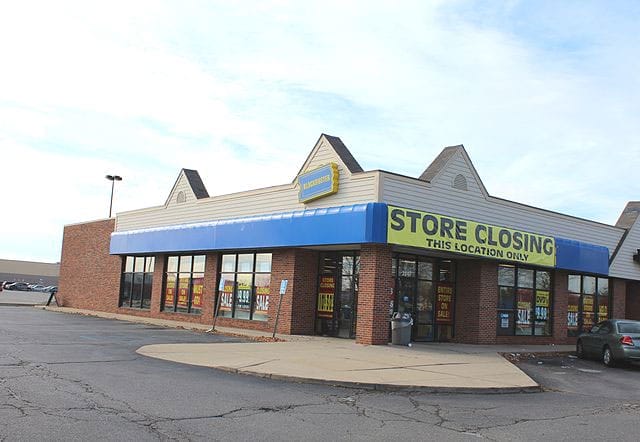A few months ago, Blockbuster announced that it will close all of its remaining U.S. stores, about 300 of them. This has been a long time in the making, and there is still a lot you can learn from it.
Prior to Netflix, Blockbuster thrived on its use of “bad profits.” Bad profits, a term from Fred Reichheld’s book, The Ultimate Question, which introduced the concept of the Net Promoter Score (NPS), are a highly disruptive source of negative word of mouth. Blockbuster’s bad profits were, of course, late fees. Everyone I know who was a Blockbuster customer, including me and my wife, hated late fees. You knew Blockbuster “got you,” and you felt that you only had yourself to blame because you were the one who was late returning the rental video. Sometimes, you would plead for mercy with the store associate. Late fees eventually became the primary source of Blockbuster’s profits.

“Thank goodness for Net Promoter.” —Brad Smith, CEO of Intuit
Anytime bad profits are your primary source of profits, you are due for a hard knock. That knock came from Netflix. Their original ad campaign, “The end of late fees,” was pretty much all they needed to say. Their business model was designed very differently, leveraging the Internet and network economic effects—a nod to another favorite book, Net Gain by John Hagel III. When Netflix proclaimed the end of late fees, word of mouth took care of the rest.
This is why NPS has become so important to companies as a way to measure their most important external stakeholders—their customers. NPS is used by thousands of companies, including many Fortune 500 companies. Brad Smith, CEO of Intuit, said, “Thank goodness for Net Promoter. It provided a framework for thinking about—and managing—in this social media world … our teams call it the love metric.” Tony Hsieh, CEO of Zappos, said, “We use NPS every day to make sure we are wowing customers and employees.”
I wrote a four-part series on the Bazaarvoice blog about what could be learned from the Netflix versus Blockbuster battle. My goal for writing this was to move our industry, still a very nascent one today, to think hard about the power of word of mouth. This eventually led to our mission statement: “changing the world, one authentic conversation at a time.” We saw companies change the way they operate based on the customer data and insights that they were accumulating as a result of deploying Bazaarvoice.
There is a lot to be learned here, and there is no doubt that books like Clayton Christensen’s The Innovator’s Dilemma help all of us think about steering clear of bad profits, lest we be vulnerable to someone like Netflix coming along and disrupting our business model, in this case to Blockbuster’s ultimate extinction. Blockbuster used to have 8,500 stores located in 29 countries, and was worth $5 billion at one point. But the company was addicted to bad profits, and it was caught in the downward spiral that only The Innovator’s Dilemma can best explain. What could Blockbuster have done differently? A lot—and it is best explained in Christensen’s follow-up book, The Innovator’s Solution.
Have you or the company you worked for used bad profits before? What happened as a result? Did you or your employer have the courage to change in the gut-wrenching way that books like The Innovator’s Solution detail?
Tell me below in the comments section.
Editor’s note: For further background on Brett’s views on the Blockbuster decline, read his blog series:
Feb. 2006: Bad Profits and the Incredible Power of Word of Mouth
Dec. 2006: Netflix vs. Blockbuster: Round Two
Jan. 2007: Netflix vs. Blockbuster: Round Three
Mar. 2009: Netflix vs. Blockbuster: Round Four (Lights Out?)
























